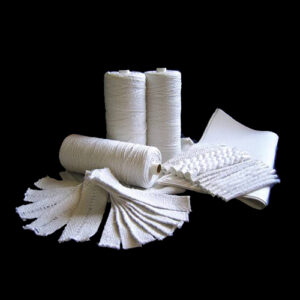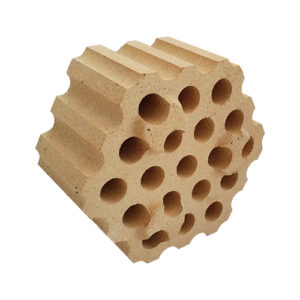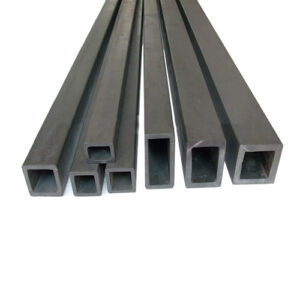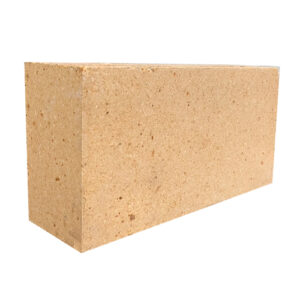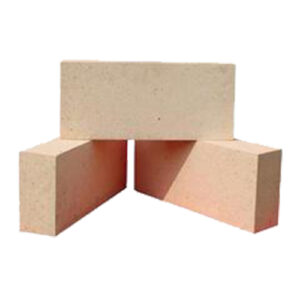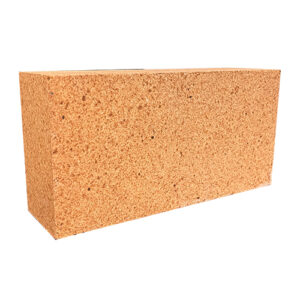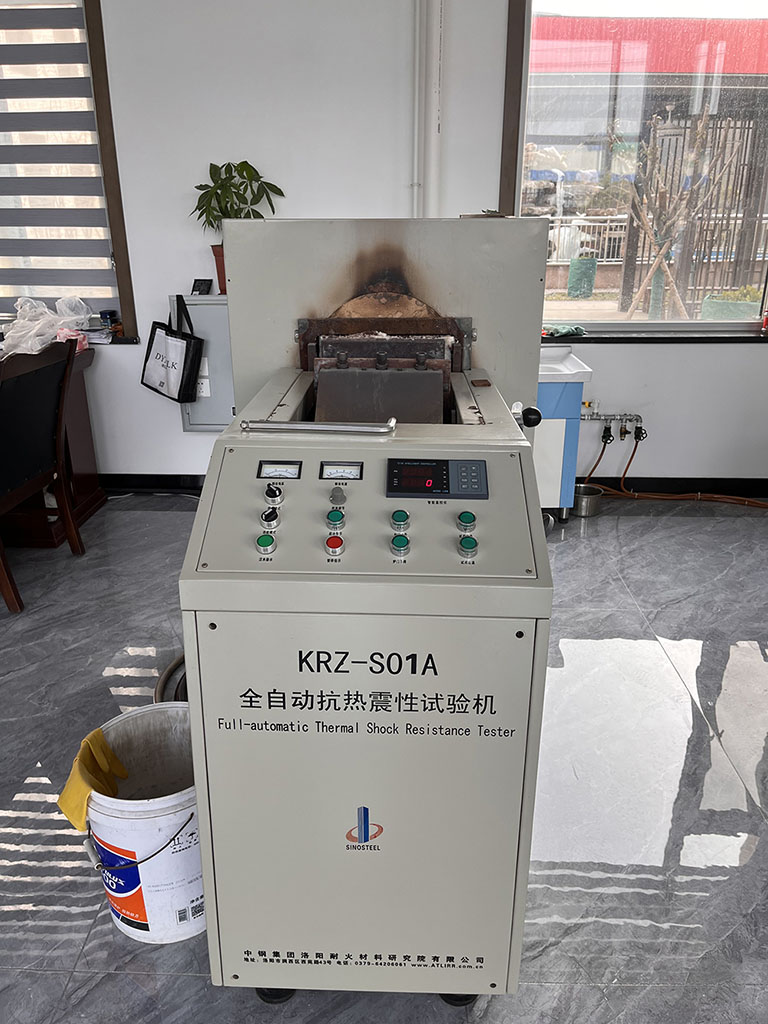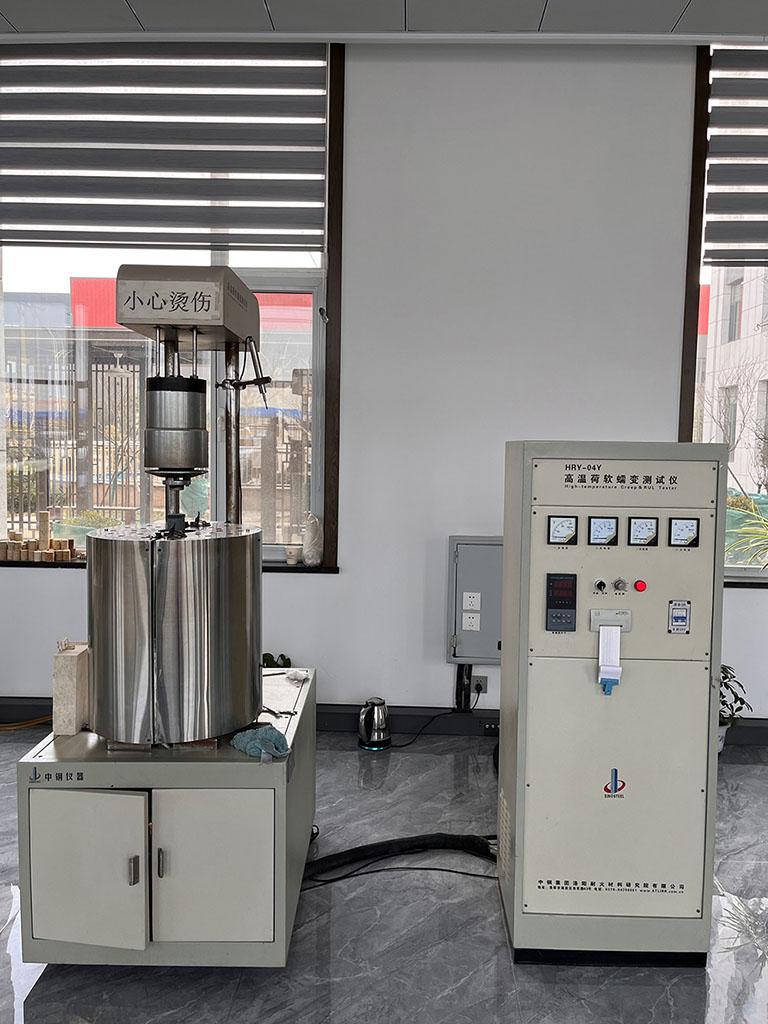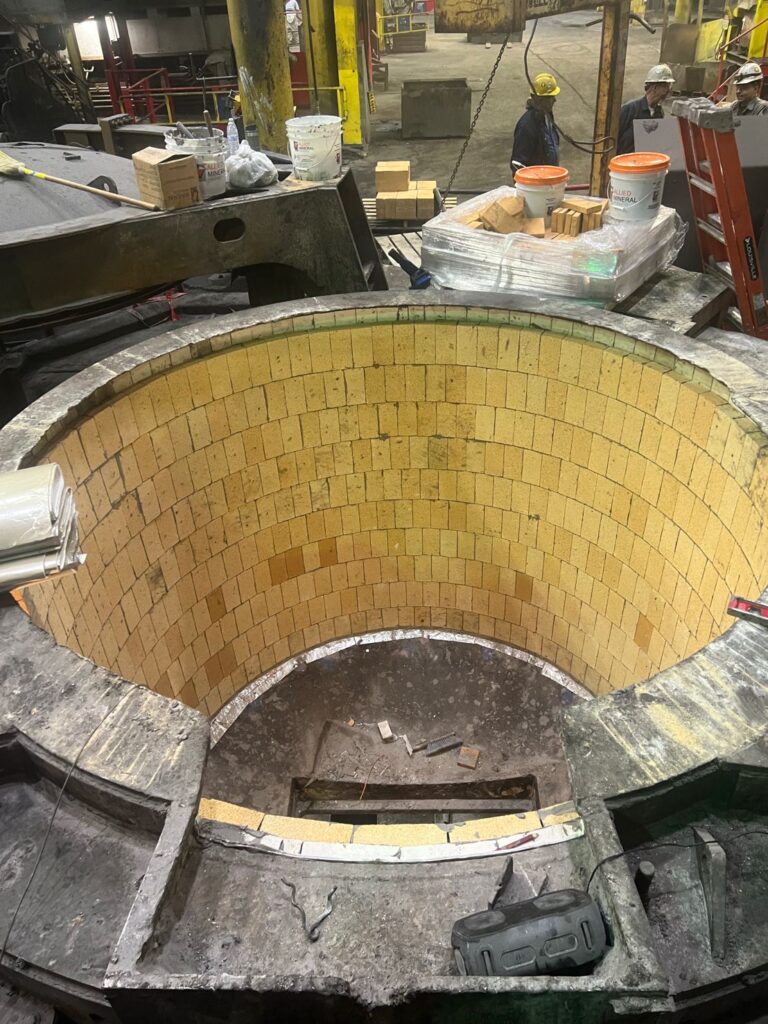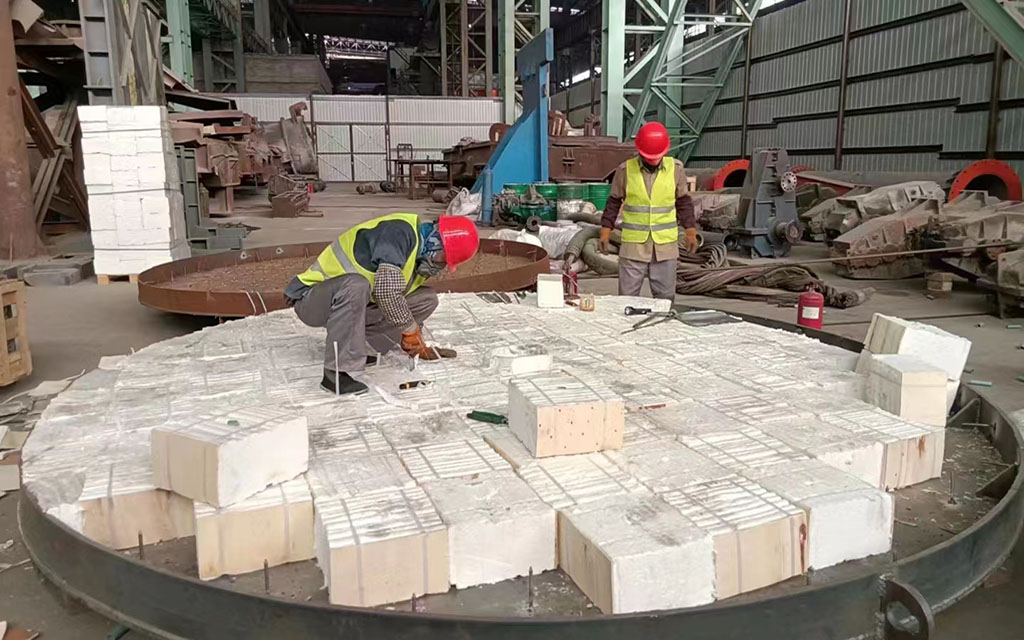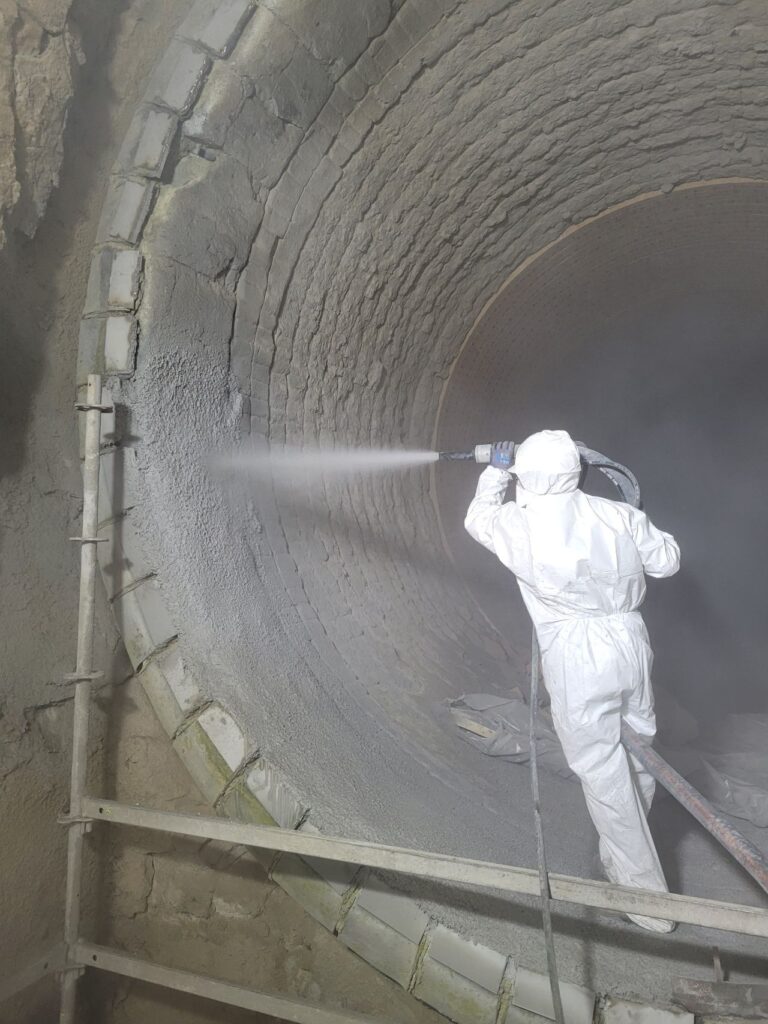Refractory
Classification Of Refractories
Refractory materials are specialized products that maintain structural integrity and strength while enduring harsh environments and extremely high temperatures. They are used in industrial applications that involve high heat, such as in furnaces, kilns, and incinerators, as well as in the construction of buildings that require fire resistance, such as fireplaces and chimneys. Refractory products can be made from a variety of materials, including ceramics, metals, and composites, and are designed to resist thermal shock, erosion, and corrosion. Refractory fire bricks, clay bricks, insulation bricks, hollow bricks, magnesia bricks, high alumina bricks, and ceramic fiber products are some examples.


